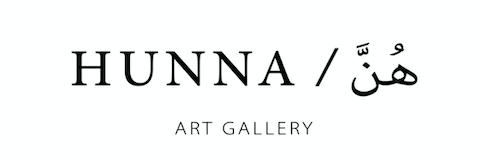Chairs are overturned, shoes are abandoned on the carpet and a dining set is scattered on a table and the floor. It is the aftermath of an unknown disaster that could evoke the 2020 Beirut port explosion or, at the time of writing, the most recent quake that took the lives of more than 44,000 people in Syria and Turkey.
The Post-Disaster room is a compelling installation by The Great Design Disaster collective, founded by designers Gregory Gatserelia and Joy Herro, who work with an army of talented artisans to make the dreams of collectors come true.
The furniture and objects, found at the Beirut flea market of Basta, are all covered in recycled paper pigmented with charcoal, as if it was dust, to show a petrified moment, suspended in time.
(...)
The table scene was the first thing people noticed the first days of February when they walked through the doors of the stunning art deco Villa Empain, the Brussels home of the Lebanese Armenian Boghossian Foundation.
The installation was just the start of the MENART Fair, the only one in Europe dedicated to modern and contemporary art and design from the Middle East and North Africa (MENA), a region that in recent decades has seen a proliferation of creativity.
Yet, despite this rich heritage and a plethora of emerging talent, MENA artists often remain underrepresented in the West, exactly what MENART Fair founder Laure d’Hauteville set about to change.
After the success of its launch in Paris in 2021, d’Hauteville moved the third edition of the event to the capital of Europe.
(...)
Visitors had the opportunity to admire 250 artworks and design pieces by 146 artists through a more intimate experience. Instead of booths, the galleries were offered spaces and rooms of the villa spread over two floors.
(...)
The Gulf region was well represented by Hunna Art, a new gallery supporting only female artists from the Arabian peninsula.
“It is crucial to highlight the voices of Khaleeji women to bring attention to the issues that they face daily and to generate conversations about it on a global level,” Kuwaiti-Ukrainian artist Amani Al Thuwaini (1989) says.
Employing mixed media, her work often focuses on the desire for opulence in the Gulf region and how cultural traditions are influenced by consumerism.
(...)
---
Continue reading on The New Arab.

